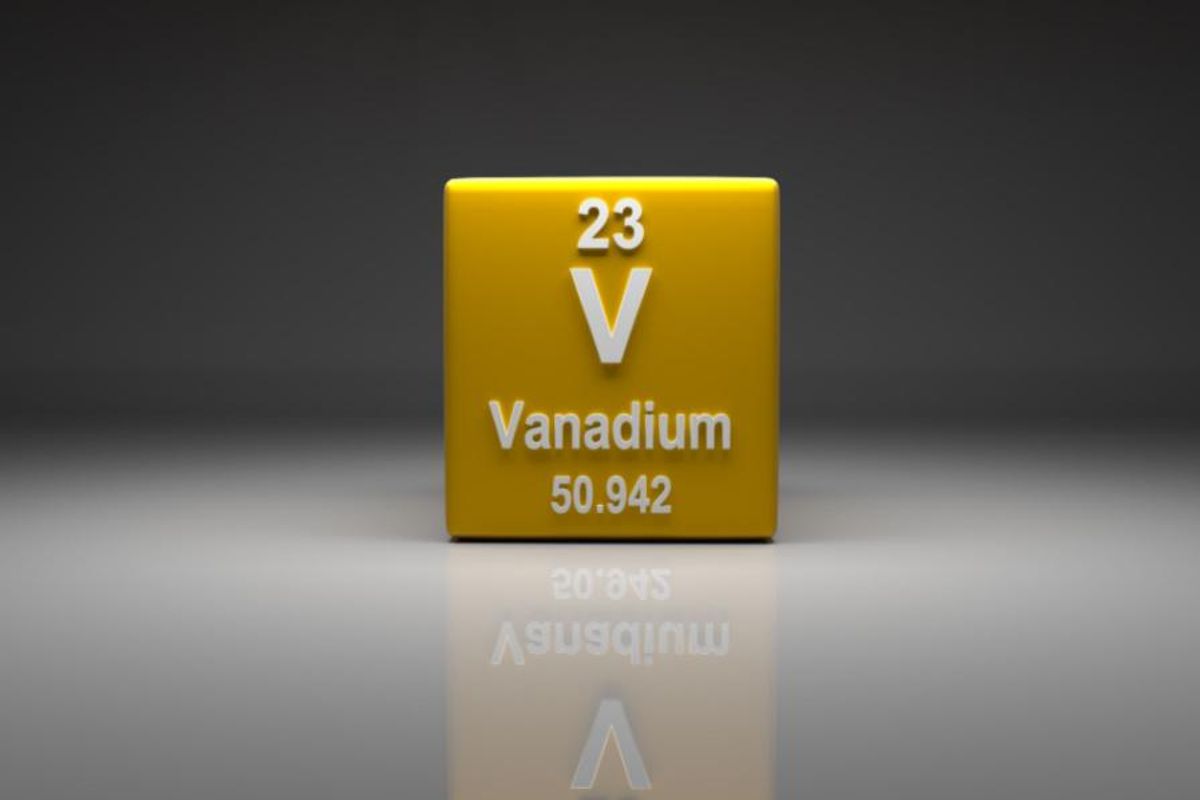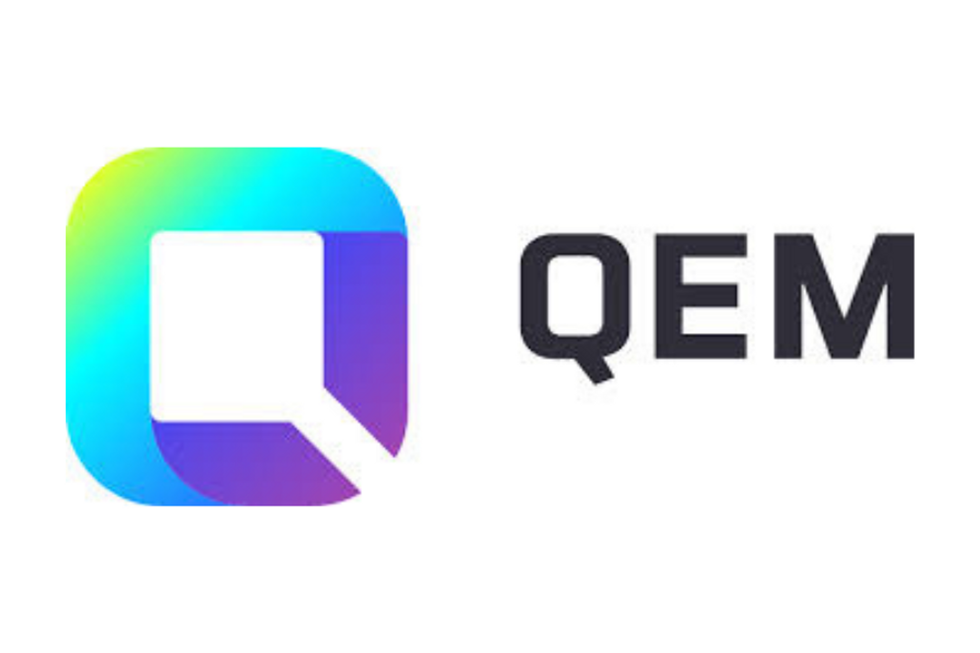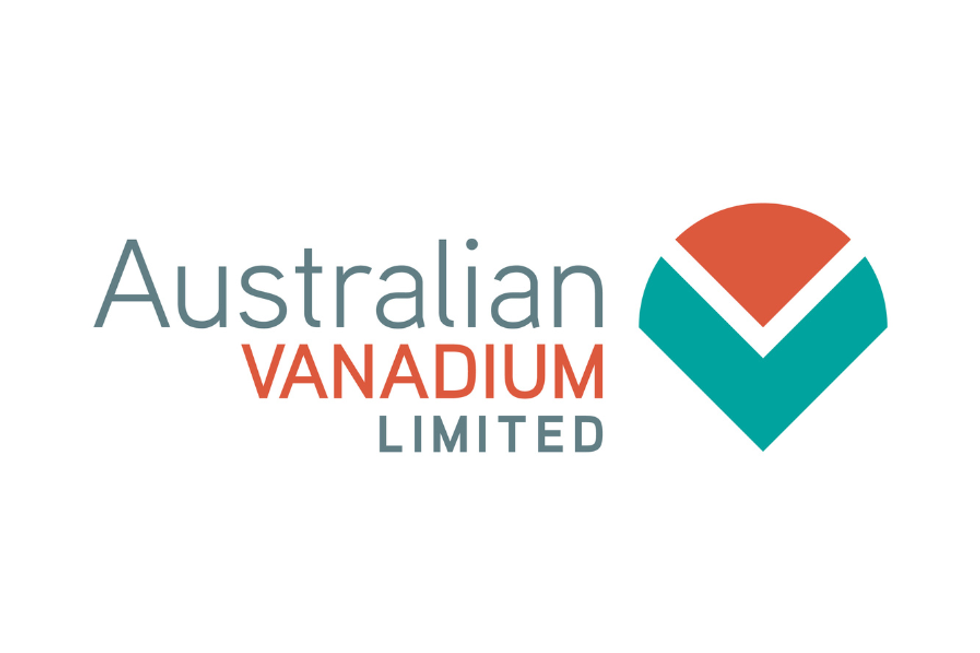Vanadium Market Update: H1 2022 in Review
What happened in the vanadium space in H1 2022? Here’s an overview of the main factors that impacted supply, demand and prices.

Click here to read the previous vanadium market update.
Demand for vanadium was poised to grow at the end of 2021, with the battery segment receiving special attention from investors as the green energy transition continued to pick up pace.
Most vanadium output is used in China for steel applications, particularly the high-strength, low-alloy steel used to make construction rebar. But vanadium’s use in energy storage is attracting interest in this battery metal.
With the first half of the year now over, the Investing News Network (INN) caught up with analysts, economists and experts alike to find out what’s ahead for vanadium supply, demand and prices.
Vanadium market update: Price performance
During the first six months of the year, vanadium pricing reacted strongly to the potential disruption of supply from Russia at the outset of the war, Willis Thomas of CRU Group told INN.
“While the V2O5 price was showing strength entering 2022, reaching well above US$10 per pound was not expected in the first half of the year,” he said. “This level was clearly crossed, and prices have since eased off these recent highs as concerns were allayed over loss of supply.”
As the first quarter of the year unfolded, all eyes remained on the Russia-Ukraine war. Sanctions hit Roman Abramovic, the biggest shareholder of EVRAZ, which is a major vanadium producer with assets in Russia and Czechia. That led to the resignation of the entire board.
“There was potential at the time that sanctions could disrupt pentoxide flows between Vanady-Tula (Russia) and Nikom (Czechia), which could have in turn hit exports of ferrovanadium from Czechia to customers in China, the US, Japan, Turkey, Ukraine, the Netherlands and India,” said Jack Bedder of Project Blue, which recently launched its vanadium market service. “However, so far there has been no real impact on the vanadium market owing to the conflict.”
In the second quarter, the market moved from worrying about supply risks caused by the ongoing Russia-Ukraine war, towards demand risks as China’s lockdowns impacted the sector.
“Demand in China has been lower than expected as a result of steel production curbs in China enforced due to the Winter Olympic Games and extended COVID-19 shutdowns,” Bedder said.
Vanadium market update: Supply and demand
In the first half of 2022, a rise in COVID-19 cases led the Chinese government to impose fresh containment measures, which impacted supply chains across the board ― with vanadium being no exception.
Lockdowns in China hit demand, but not as much as some had anticipated. “Lower steel production for rebar and some slowdowns in battery projects came as a result, with delays more than anything,” CRU’s Thomas said.
Many hopes rested on the lifting of pandemic-related measures in June, together with stimulus plans and packages designed to reinvigorate China’s economy.
Still, China’s steel production in May posted a 3.5 percent year-on-year drop and a 6.9 percent year-on-year decline for the first five months of the year, according to Project Blue data.
For its part, Chinese crude steel production increased 4.1 percent month-on-month in May as blast furnaces resumed production, preferring to operate rather than staying idled.
“The next few months will be very important,” Bedder said.
Over the longer term, Project Blue believes that China’s steel production has peaked and that it will plateau before it gradually declines. “This is a reflection of a less steel-intensive maturing economy combined with carbon emissions limitations,” Bedder said. “In the rest of the world, output growth will primarily come from large emerging economies, namely India, Brazil, Iran and Southeast Asia. Developed economies are forecast to post flat steel output, with production increasing in the US and declining in Japan.”
Looking at what could happen on the demand side entering the second half of the year, steel production for long products, a substantial driver of Chinese vanadium demand, will remain steady over the coming quarters.
“The first half was down from the same periods of the year prior, but the second half of 2022 will be a 10 to 11 percent increase on the same periods of 2021 due to increased stimulus,” Thomas said.
The battery segment has also been an exciting area in vanadium, as interest in energy storage continues to increase. Vanadium is a key metal used in vanadium redox flow batteries (VRFBs), which are a viable option for large-scale storage because they are able to provide hundreds of megawatt hours at grid scale.
“We have seen more investments for electrolyte capacity, so there will certainly be increased demand,” Thomas said. “Vanadium battery demand expectations are notoriously difficult to meet, with issues of supply and for the battery projects themselves being common.”
H2 drivers may include some stimulus and a slightly lower vanadium price, which could help to improve the cost competitiveness of VRFBs against other technologies, he added.
According to Project Blue, demand last year was strong from VRFBs at about 1,900 metric tons of vanadium. For the firm, the future of VRFB commercialization will be a somewhat binary story: it will happen, or it won’t.
“In our base case, demand starts to ramp up from 2022 on, driven by China, but with plenty of uptake in the rest of the world,” Bedder said. “We expect consumption to exceed 2021 levels this year and it is on course to do so.”
Looking over to the supply side of the story for vanadium, Chinese lockdowns probably impacted supply domestically and to Europe, but didn’t affect supply in the US. That’s because anti-dumping and large duties prevent the US from importing Chinese material, according to CRU.
For Thomas, the main issue surrounding ferrovanadium supply for H1 was the war in Ukraine.
“It caused increased uncertainty surrounding supply of Russian material, and also created immense logistics challenges for material coming from Russia and surrounding areas,” he said. “The global logistics challenge also played a part in the shortage, as trucks and containers were in short supply and freight rates skyrocketed.”
Vanadium market update: A look ahead
There are a number of factors to pay attention to when it comes to the vanadium market in H2.
Prices are likely to remain under pressure until the fourth quarter as supply, especially in the US, currently outweighs demand, according to CRU.
“The marginal producer today is pretty far out on the cost curve, though, so prices will be volatile, but are unlikely to see significant down-steps absent a large economic slowdown,” Thomas said.
Vanadium prices ended their steady fall since March in late June, although prices were still down month-on-month.
“While this may represent a temporary floor, Project Blue expects vanadium prices to soften further over the forecast period given the outlook for China and its construction sector,” Bedder said. “If rebar fundamentals are not strong, global vanadium demand may be lower than expected and prices may weaken further still.”
In terms of what catalysts could impact the vanadium space in the second half of the year, Thomas said investors should keep an eye on sanctions.
“(Any) changes may impact the ability to purchase from certain suppliers,” Thomas said.
Financing is another area to watch because if interest rates rise, projects for new supply will have to pay more for their funding. Lastly, the analyst mentioned battery investments.
Don’t forget to follow us @INN_Resource for real-time updates!
Securities Disclosure: I, Priscila Barrera, hold no direct investment interest in any company mentioned in this article.
Editorial Disclosure: The Investing News Network does not guarantee the accuracy or thoroughness of the information reported in the interviews it conducts. The opinions expressed in these interviews do not reflect the opinions of the Investing News Network and do not constitute investment advice. All readers are encouraged to perform their own due diligence.


